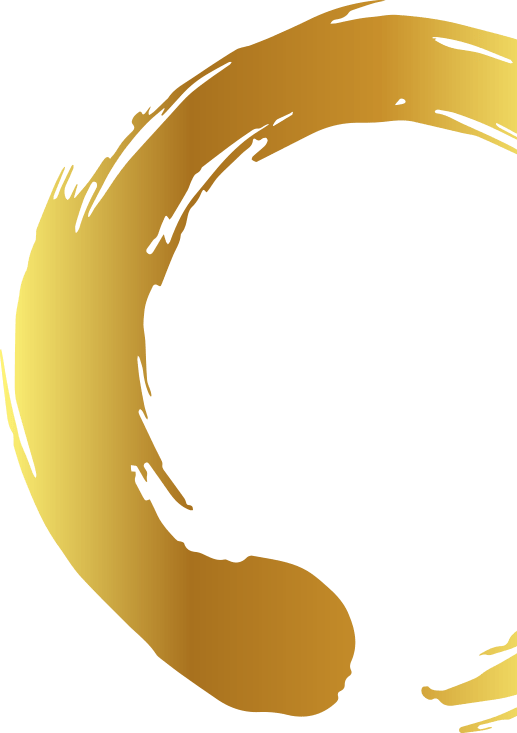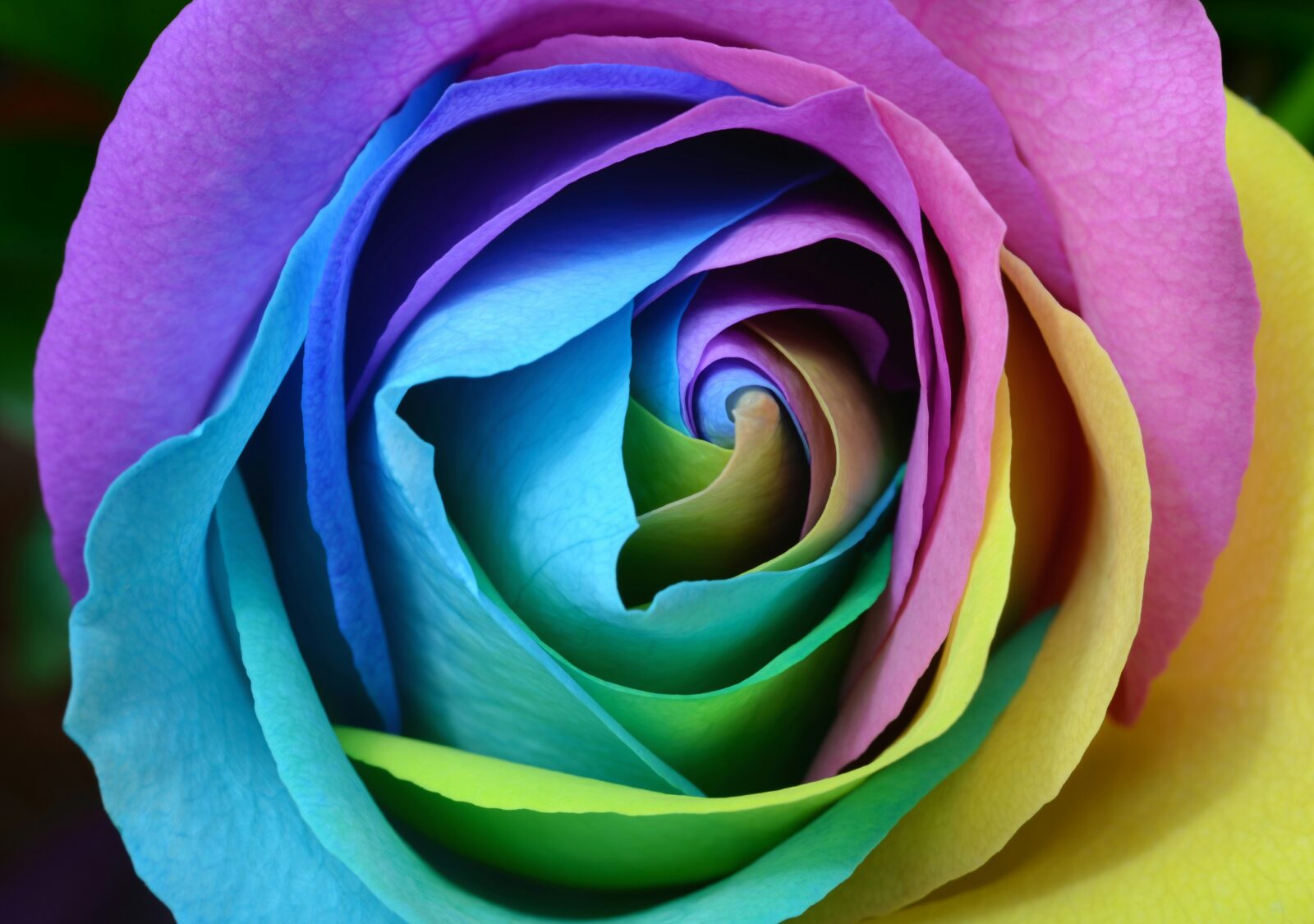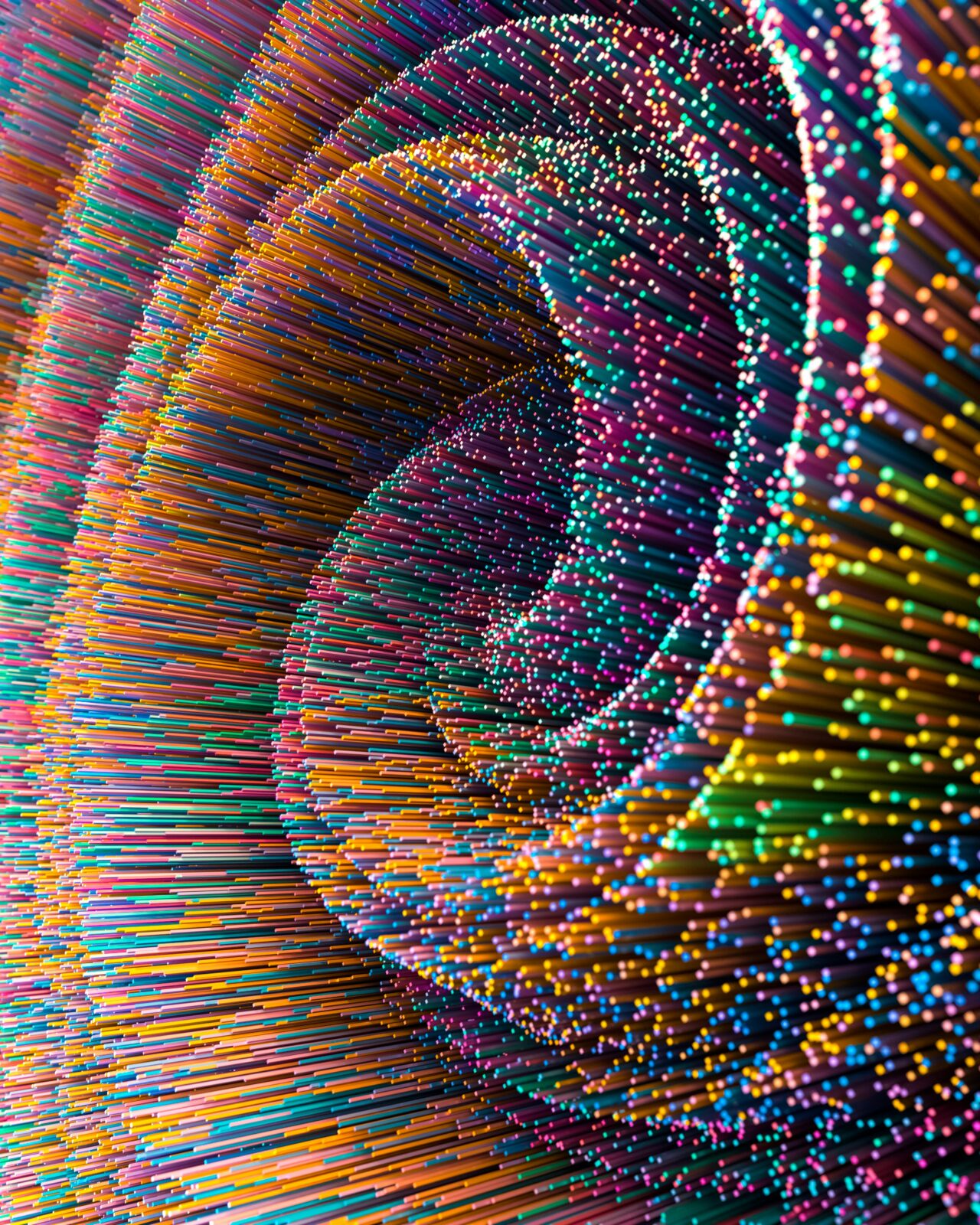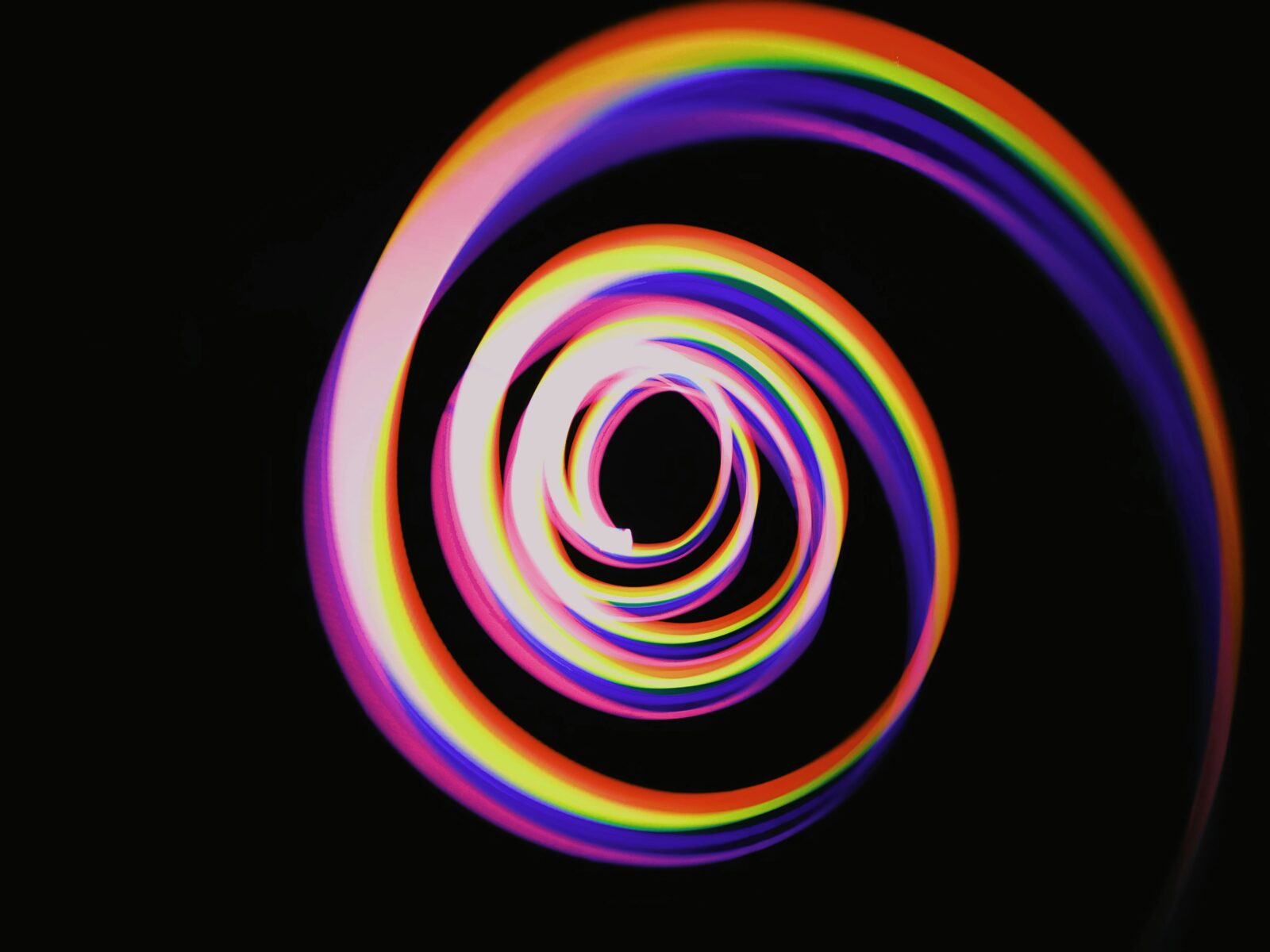
Why Artists Need More Holistic Values
“The role of the artist is exactly the same as the role of the lover. If I love you, I have to make you conscious of the things you don’t see.”
― James Baldwin, Author
As a young boy, I often struggled to make sense of the world and my place within it. There were simply so many perspectives on life, art, relationships, and everything else. What made this so confusing and difficult was that the people in my life from whom I sought guidance—parents, teachers, friends, favorite authors, political figures, and others—spoke so compellingly and with great confidence, as though they held the one truth about what’s most important in life. The trouble was that, despite their confidence, the perspectives they espoused often contradicted what others said, and so were a source of conflict. Inhabiting this complex and confusing landscape, I sometimes felt like a helpless billiard ball, bouncing from one perspective to another as I sought to make sense of it all.
One example of this confusion came from my artistic training. What did it mean to be a good artist? Did it mean doing what my parents and teachers said, or relying more on my own judgment? Did it mean looking good in the eyes of my peers, or expressing my authentic self, regardless of what others thought? Did it mean trying hard to achieve technical or academic milestones, or learning to relax and go with the flow? Did it mean making lots of money as an artist, or eschewing money matters to pursue artistic purity? Where was I to land amongst these varying perspectives? Which was the right one?
Answers finally came when, as a young adult, I began to read works by authors like Ken Wilber, Don Beck, and Robert Kegan. These are researchers and theorists in the fields of developmental psychology, human potential, Spiral Dynamics, and Integral Theory. What they offered was a “theory of everything,” a map of human growth and potential which gave a unified account of the multiplicity of perspectives that now crowd our globalized information landscape.
Their theory of everything initiated a Moment of Truth for me. It gave meaning, context, and direction to situations I previously found so perplexing. The essence of this theory was that every perspective has its grain of truth, while at the same time being partial. Moreover, there exists a developmental sequence to human thought and culture that has a place for every perspective, value, and creation we can encounter. I felt empowered by this theory because it helped me make sense of our societal conflicts and artistic challenges and provided tangible solutions that were previously hidden from view.
Coming back to my previous example, this theory provided a larger context in which I could better make sense of what it means to be a good artist. Instead of being faced with a miasma of competing values and goals, the theory of everything I learned revealed an orderly sequence that honored each of the perspectives on offer. For example, for a young person or someone just starting out, being a good artist means learning certain rules and roles handed down from authority figures and tradition. When those rules and roles are mastered, good artistry then comes to mean going beyond blind obedience to include acceptance from peers, as well as technical and academic achievements. When such achievements lose their luster, good artistry then comes to mean going with the flow and authentic self-expression. Then, when even self-expression seems too limiting, being a good artist comes to mean combining the best of all the previous stages for a deeper, more nuanced, and mature approach.
Integrating this theory transformed my life, artistic and otherwise. As an artist, I was better able to understand why certain approaches to mastery worked, or didn’t, and why. As a teacher, I was better able to understand how to appropriately shape what I taught to match my students’ perspectives. As a worker, I was better able to understand how to avoid the pitfalls of our extractive economic system and make a living in the arts aligned with my values. And as a citizen of the world, I was better able to understand our current societal divisions and what I could do to heal them.
In every situation, I was able to better comprehend and navigate previously confounding challenges through adopting a wider, more holistic, and capable set of values. Combined with the soulfulness I developed through practices like Playing from the Heart, these more holistic values enabled me to truly become a Soulforce Artist, one who can navigate our complex cultural landscape with ease and who can translate the lessons learned along the way into the most transformative art.
In the following few blog posts, you will learn about Spiral Dynamics, which is one version of the theory of everything I found so helpful. You will learn what Spiral Dynamics is, what it means for your life as an artist, and how to put its lessons into practice to make uniquely transformative art. You will learn how it helps you fulfill your artistic purpose and create more freely and skillfully. In addition, you will learn how Spiral Dynamics helps you create art that makes your audiences conscious of the things they don’t yet see, and which therefore matters to how we navigate our world’s current tumult and transitions.
Stay tuned for more blog posts and videos about discovering your creative purpose, creating more freely, and making art that matters!
For more support in this process, download your copy of the Soulforce Arts Starter Kit, a free mini-course designed to help you reconnect with your Soulforce, the transformative energy essential to art that matters. You can access the Starter Kit by signing up for the Soulforce Arts Institute’s email newsletter.
You can also join the Soulforce Arts Community, an online community and learning platform that brings together conscious artists of all kinds and abilities to help you discover a deeper artistic purpose, create free from blockages, and make a better world.
The above post is adapted from Chapter 9 “Spiral Dynamics & the Arts” of my book, “Soulforce: How to Discover Your Artistic Purpose, Create More Freely, & Make Art That Matters,” now available for pre-order.
Joseph Arnold
Violinist, Alexander Technique teacher, and Director of the Soulforce Arts Institute
SoulforceArts.com
SoulforceArts.com/Community
Image credit: Javier Miranda, unsplash.com





